Mårup
Marina near Mårup Havn
Latitude
55° 56’ 12.9” NLongitude
10° 33’ 7.9” EDescription
Small, cosy fishing and pleasure boat harbour on the north-western shore of Samsø Island.
NV Cruising Guide
Navigation
The approach to the harbour is only recommended during the day and not in strong winds from the SW. It is approached from the southwest via a channel marked with 3 pairs of unlit buoys.
Despite the 3m nominal depth of the access channel, there is a danger of silting up.
Berths
Sport boats will find places in the two harbour basins at 2-3m water depth. On weekends the harbour is often busy with sailors from Aarhus.
Surroundings
Sanitary facilities, a bicycle rental and a kiosk are available. There is also a supermarket in Mårup.
NV Land Guide
Dividing opinion is whether Mårup Havn or Langør is the most beautiful harbour on Samsø. Both spots have a similar structure in their secluded location: a handful of crouched houses, a handful of inhabitants and at least three handfuls of idyll - if this unusual measure does justice to the special atmosphere of the small harbour settlements. Like Langør, Mårup has also seen more prosperous times. The small village on Mårup Vig was a ferry port to Hov (Jutland) and Tunø. Today, ferries to Hov depart from southern Sælvig, on the opposite side of the elongated bay.
A pastor's ambition in building the small harbour last century was to compete economically with southern Samsø. The failure of his project in the long run may please the pleasure boater, who prefers to visit a sleepy cosy nest. The main difference compared to Langør, which is only a few kilometres away, lies in the surroundings. The shallow fjord and the flat natural landscape on the Langør side are contrasted by large agricultural areas and the steep coast west of Mårup. The hinterland of the west coast harbour is formed by the fascinating Nordby hills, a landscape that is eminently suitable for cycling and hiking (see map), while the bathing beach in the southern Sælvig bay is considered the best, i.e. the most child-friendly, on Samsø. But you don't need to go there, because the beach directly adjacent to the western harbour basin leaves hardly anything to be desired.
Mårup Havn includes the village of Mårup, rightly regarded as an "idyll of half-timbered houses and thatched roofs". The showpiece of the village, a good two kilometres from the harbour, is "Beyers Hof", which is said to look exactly as it did 250 years ago. One look through the gateway is enough to believe the claim. The "Kræmers Hof" is the second pearl of old half-timbered architecture. Both farms are located on the main road in Mårup, which is just as worth the trip for its thatched houses with black-tarred half-timbering as the largest village on the tranquil northern part of the island of Samsø. It is aptly named Nordby (North Village) and lies well sheltered between hills about five kilometres north of Mårup Havn.
Since the 17th century, the size of the North Village, which counted 50 farms and 70 houses, has hardly changed. Back then, that number of buildings was enough to be called a town, but today it's only enough for the title of village - and a particularly tranquil one at that, where in some places you're transported back to old times.
We recommend starting your walk through the village at the market next to the village pond and the peculiar bell tower, which rings for services even though there's no church to be seen for miles around. The reason why the bell tower is here nevertheless is a quite pragmatic one: the bells of the church standing more than two kilometres to the southwest of the village could easily be overheard in unfavourable wind directions. So the church brought the bells to its flock, so that no-one could excuse themselves from now on not to have heard the bells. In addition, the practical was combined with the useful, as the weekly meeting of the town elders was once convened with the help of the strange bell tower. Today, in addition to church services, the bell rings at sunrises and sunsets and alerts the population in case of fire outbreaks.
The small farmers once lived in the hutzeligen half-timbered houses on the village pond and the row of lime trees, their wealthier colleagues in the outer ring, and the well-heeled gentlemen kept an eye on events in the loose development around the village - or rather, one should say, had a staple grip on them. To live at the "stinking" village pond was in any case out of the question, because the cattle were watered here every day. Today the living situation at the village pond is visibly no longer one for the underprivileged. Ornate, artistically painted doors, carefully maintained half-timbering and the ceramics workshop "Ved Kæret" dominate the picture. After a first impression, you can fortify yourself with a good cappuccino at the "Underground" ice-cream café near the village pond before continuing on.
In Smediegyden (Blacksmith's Lane), the old blacksmith's workshop still stands - close enough to the village pond for quick access to fire-fighting water. The fear of fire was so great in medieval Nordby that fire guards patrolled between the houses every night, also checking that no one left the village. In fact, §70 of the village charter of 1697 stated that "the man who is found harvesting in the night shall be outlawed like one who does not keep faith". It was feared that the neighbour might secretly move his colleague's sheaf of oats to his field after sunset. So the six town gates were locked and guarded. Who lived in the Hæderlighedsgyde (Righteousness Lane) is obvious, the village priest. His successors, by the way, still live here in the vicarage, near which you can take a look at the ceramics workshop "Liller Keramik".
Not far from the village pond, one of four preserved old village wells still stands on Schneidermarkt (Skræddertorvet). These deep wells are all listed as historic monuments. What is unique about them are their fieldstone-built, cauldron-shaped shafts.
The lonely location of Nordby Church (see plan) is due to the fact that it was once the centre of five villages, three of which have now disappeared: Søby, Kongsbøl and Glistrup. Today it is thought that the villages were raided and completely destroyed by the Hanseatic League.
The church tells its own story, in a sense, through the lime paintings on a band of inscriptions inside the church. The richly decorated nave was built in the 13th century, and the graceful west tower dates from the 15th century, indicating connections with the church bailiwick in Djursland. In addition to the 300-year-old stained-glass windows, a late-Gothic cupboard is one of the special sights.
Having rented a bicycle in Mårup Havn, you'll have to pedal a little harder to master the hills of the "Balleskår" range to the northwest of Nordby. From Nordby a path winds its way up into the "mountains" of Nordsamsø, leading via a crossroads to the highest point on the island, the 64 metre high Ballebjerg. From here, in good weather, you can enjoy a breathtaking panoramic view of the whole of Samsø and the surrounding islands (take binoculars!). Tunø, the small neighbouring island to the west, Djursland to the north with the tiny island of Hjelm to starboard, the former plague island of Kyholm to the east, Stavns Fjord with Besser Rev and Sydsamsø stretching out behind the white Nordby Church are all at your feet. To the north you can see Langdal (Long Valley). The water from the glaciers flowed through this hollow in the terminal moraine landscape during the ice age melt. Today, you can follow this path into the valley on foot or by bike - a beautiful route. However, the north of the island would do well with a little less cultivated land and a little more natural land. Apparently the farmers want to prove that they can plough every hill, no matter how steep it is. The initially asphalted road through Langdal turns into a dirt road that ends in a sharp right-hand bend at the foot of Langdal.
No less charming than Langdal is the Great Valley (near Møgelskår) stretching west of Nordby Church, where the ice-age meltwater streams have also carved deep furrows in the land. The power of the ice can be measured when you see that the "mouth" of the Great Valley is 100 metres wide, and the 22-metre-high steep bank has been literally shaved away by the masses of ice and water.
Because the distances are not great, the route to the northern tip of Issehoved is also easy to manage as part of a round trip (see map). Not far from Nordby, at a camping site, you first pass Dyvelsten (Devil's Stone), which used to be considered a sacred stone. The women believed to be able to influence the sex of their unborn children here. If they offered wholemeal bread, it became a girl, if white bread, a boy. Issehoved indeed deserves to be called a headland. From each side a sea current works to keep the point as pointed as possible, and one can walk far out on it. Issehoved's eastern beach tempts hikers and, if you're lucky, reveals amber.
On the 42-metre-high Telegrafbakken (Telegraph Hill), messages were once "sent across" to the mainland by means of a large wooden scaffold. The message code resulted from the respective position of the scaffold parts to each other, which could be "read" only with good visibility in Djursland. From the Telegrafbakken you look down on the farm "Mosletgård" and the Krähenmoor behind it, where the now silted up trading port of Nordby was located some 600 years ago. Beach and water birds go about their breeding business here.
During the round trip there are plenty of opportunities to get supplies in Nordby and Mårup, but you can also buy a modest amount of food at the kiosk in Mårup Havn. The cycle tour can also be rounded off with a visit to the restaurant at Kræmers Gård in Mårup. While the cook is preparing the meal, there is an opportunity to look at the antiques that are for sale in the same building. If the farm is still closed (it is open as an evening-only restaurant from 5 to 10 p.m.), we recommend passing the time with a visit to the "gallery" in Mårup, where artists and craftsmen from the island exhibit their work.
If you don't have enough time to cycle across the northern part of the island, you should at least walk along the cliff at the headland of Asmindør Hage, west of Mårup. Folklore has it that a mighty Viking castle once stood here. Its inhabitants specialised in plundering passing ships. Today, only cows graze here.
Marina Information
| Max Depth | 3 m |
Contact
| Phone | +45 8659 1203 |
| Please enable Javascript to read | |
| Website | https://www.visitsamsoe.dk |
Surroundings
Electricity
Water
Toilet
Shower
Restaurant
Fuel
Diesel
Grocery
Ramp
Bikerental
Garbage
Comments
You can add comments with the NV Charts App (Windows - iOS - Android - Mac OSX).
You can download the current version at nvcharts.com/app.
Buy nv charts covering this place Clicking one of the products will open the nv charts shop.
Places nearby
Related Regions
This location is included in the following regions of the BoatView harbour guide:
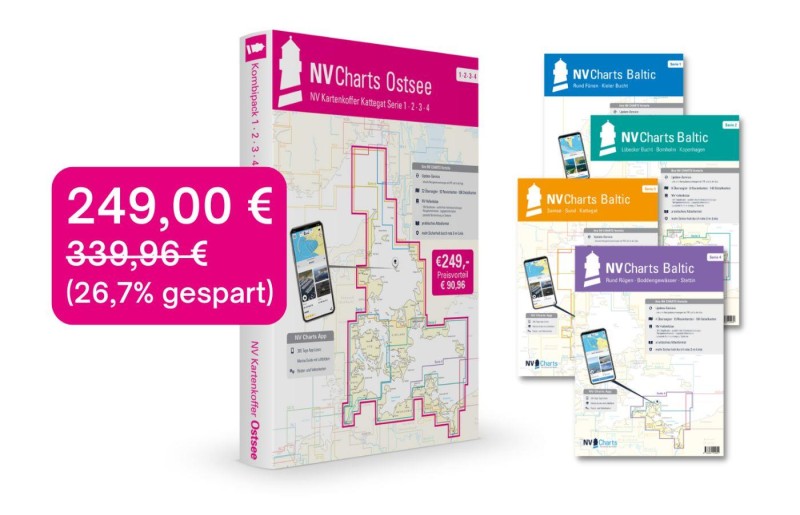
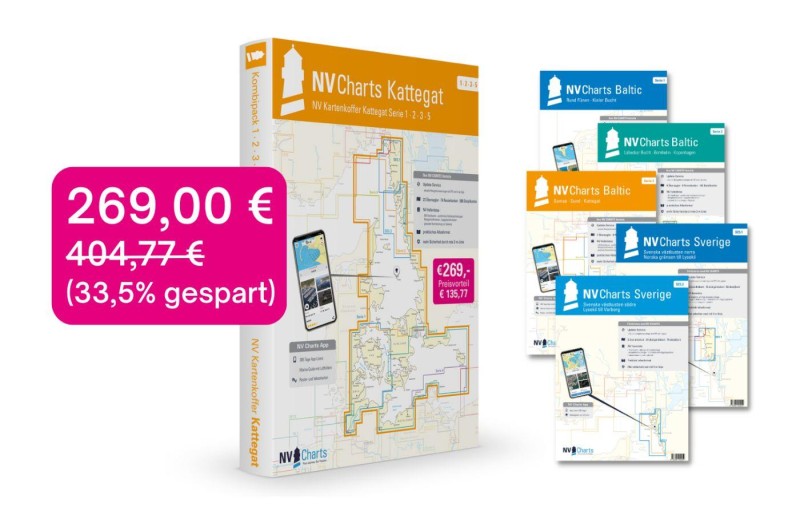
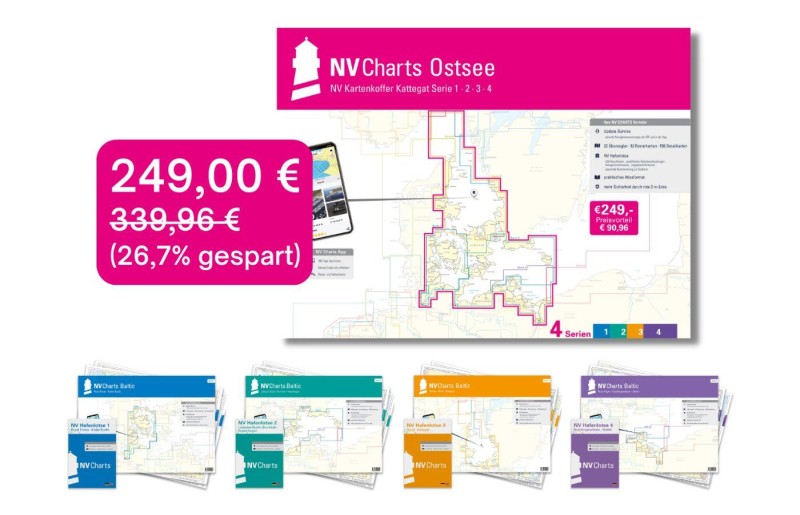
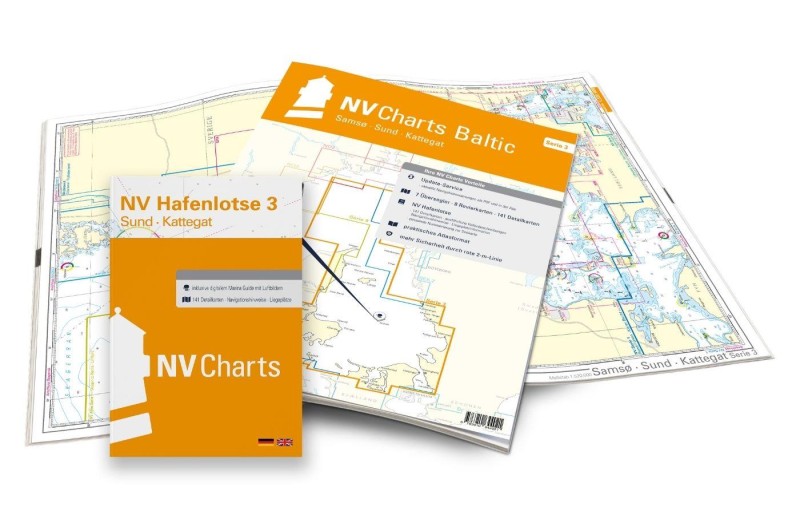
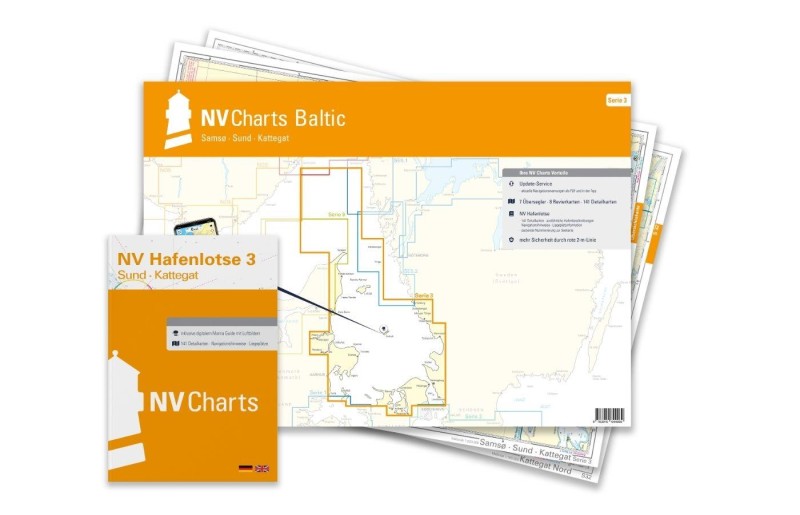
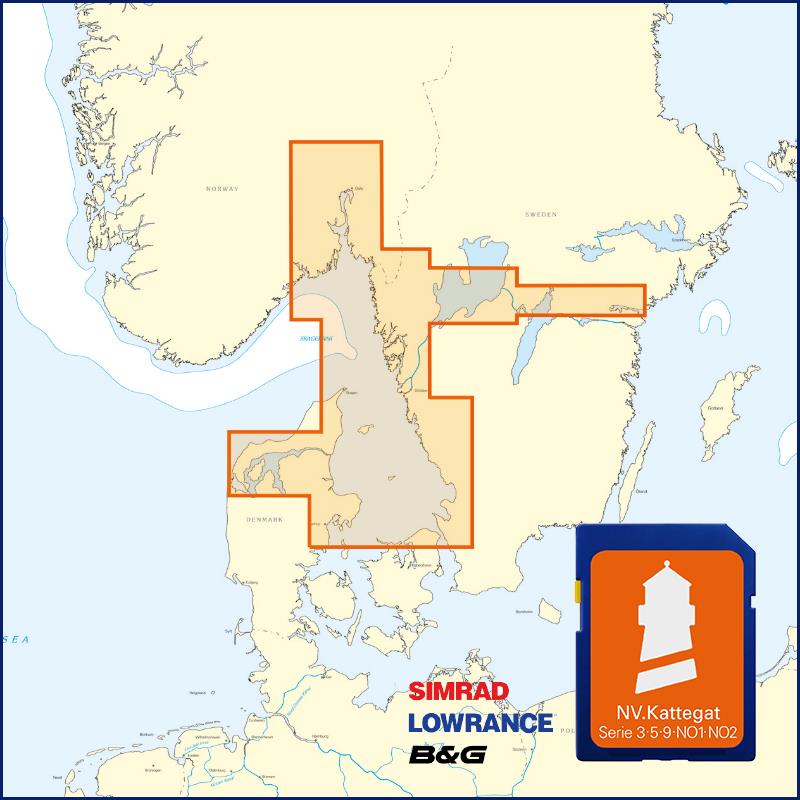
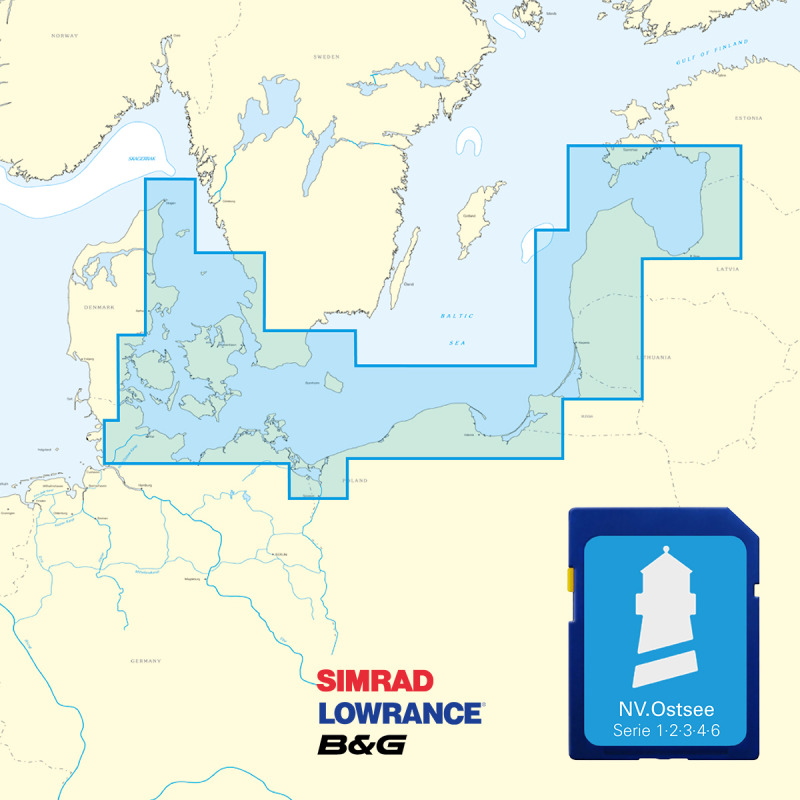

No comments or ratings have been added to this POI.